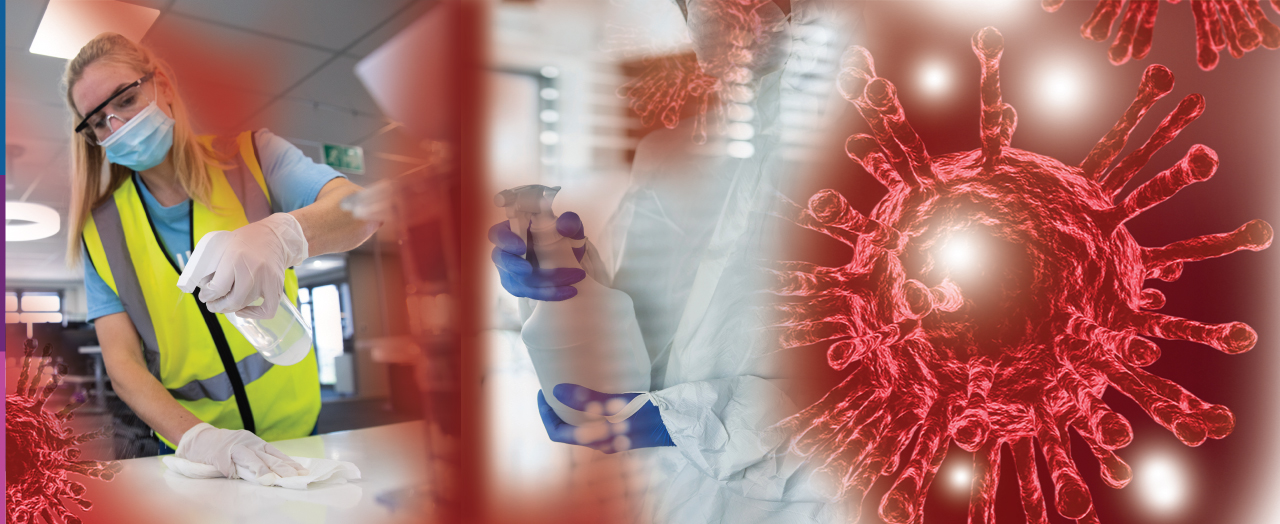Pandemics have been a recurrent threat throughout human history, with devastating consequences for societies and economies. In recent times, the world has witnessed the havoc wreaked by various infectious diseases. While it is important to learn from these experiences, it is equally crucial to focus on effective preparedness and response measures. One such vital tool in the fight against pandemics is rapid testing.
Rapid testing refers to the quick and accurate identification of infectious agents, allowing for timely intervention and control measures. It plays a crucial role in pandemic preparedness and response by enabling early detection, efficient contact tracing, and effective containment strategies.
Early detection is a key element in managing any outbreak. Rapid testing provides the means to identify infected individuals swiftly, even before they exhibit noticeable symptoms. By identifying cases in their early stages, health authorities can implement appropriate measures to prevent the spread of the disease. This is particularly critical for highly contagious pathogens that can rapidly escalate into a full-blown pandemic.
Furthermore, rapid testing facilitates efficient contact tracing. When an individual tests positive, health officials can quickly identify and notify those who have come into close contact with them. These contacts can then be tested promptly and, if necessary, isolated, or provided with appropriate medical care. Rapid testing helps break the chains of transmission and prevent further spread of the disease within communities.
Additionally, the availability of rapid testing allows for effective containment strategies. By identifying infected individuals and implementing targeted interventions such as isolation and quarantine, the spread of the disease can be significantly curtailed. This is especially important in densely populated areas, where outbreaks can escalate rapidly. Rapid testing provides a critical tool to swiftly identify and contain clusters of infection, reducing the overall impact on public health.
Moreover, rapid testing supports evidence-based decision-making in pandemic response efforts. By providing timely and accurate data on the prevalence and spread of the disease, health authorities can make informed choices regarding resource allocation, public health interventions, and mitigation strategies. Rapid testing enhances situational awareness and enables policymakers to take swift and appropriate actions to protect communities.
It is worth noting that the role of rapid testing extends beyond the management of pandemics. It can also be invaluable in monitoring and controlling endemic diseases. Regular and widespread testing can identify asymptomatic carriers and prevent the silent transmission of diseases within communities. By detecting cases early, rapid testing can aid in the implementation of targeted preventive measures, reducing the burden on healthcare systems and improving overall population health.
However, while rapid testing offers numerous benefits, it is essential to address challenges associated with its implementation. These challenges include ensuring widespread access to testing, maintaining accuracy and reliability of tests, and addressing logistical and operational constraints. Investments in research and development are necessary to improve the speed, sensitivity, and affordability of testing technologies.
In conclusion, rapid testing plays a vital role in pandemic preparedness and response. It enables early detection, efficient contact tracing, and effective containment strategies. By providing timely and accurate data, it supports evidence-based decision-making and helps protect communities. Investing in the development and accessibility of rapid testing technologies is crucial to strengthen our preparedness and response capabilities in the face of future pandemics.






Comments
Post a Comment